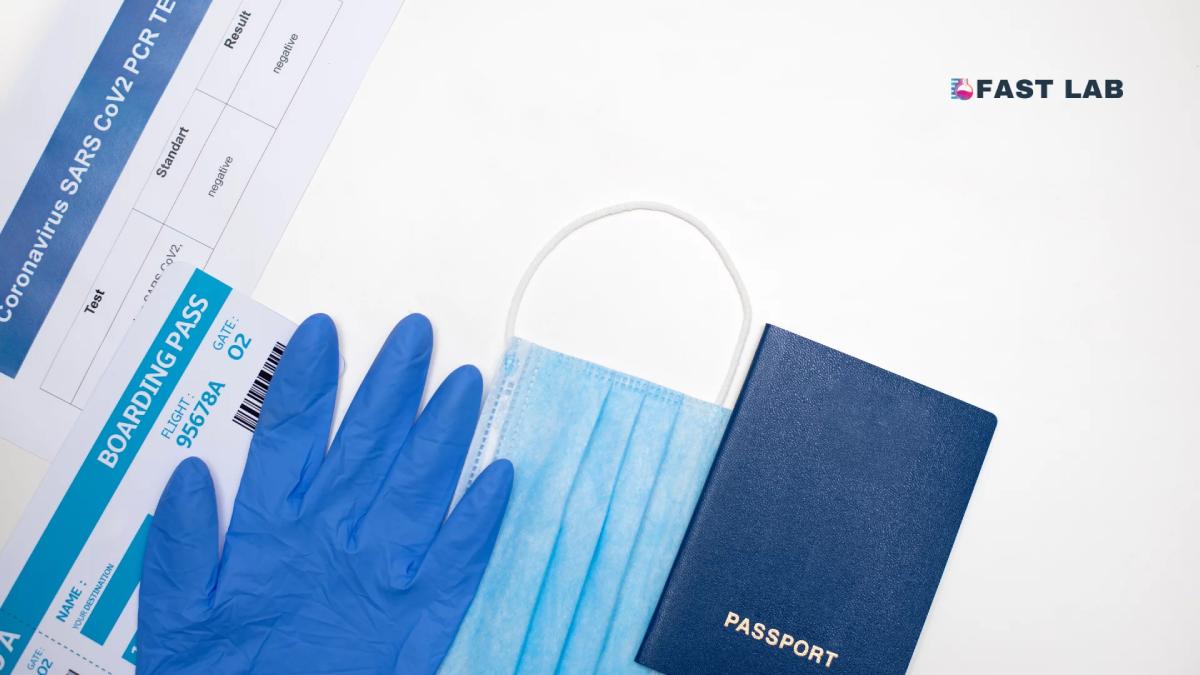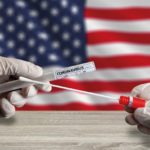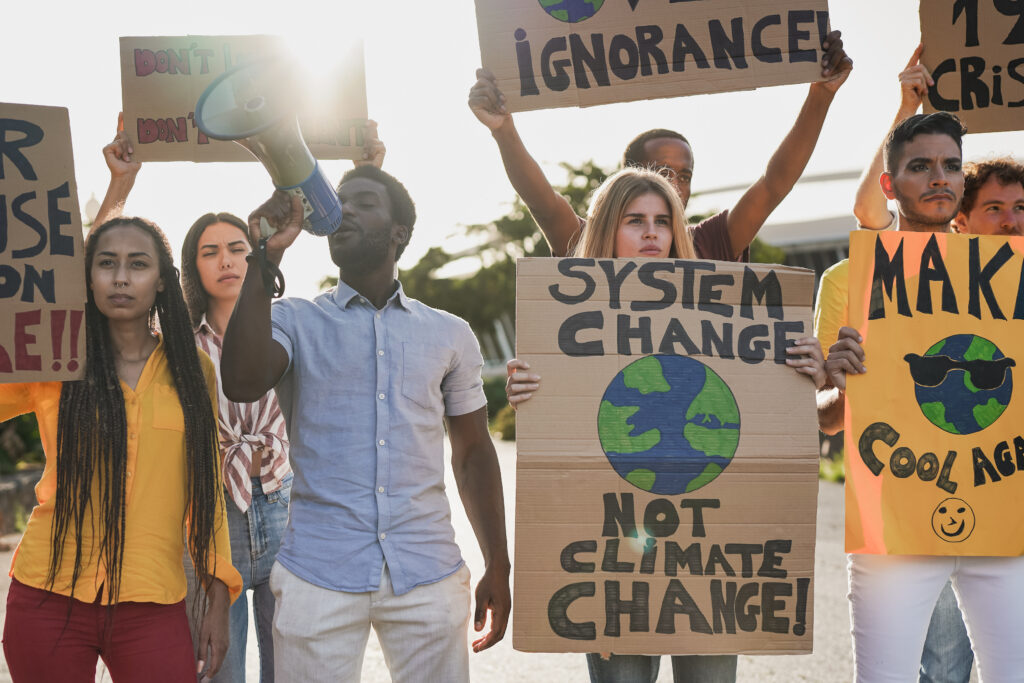
As international borders are beginning to open once more, people are looking to explore the world again, after having had these freedoms taken away from them by the COVID-19 pandemic. With renewed vigor and a fresh set of eyes after experiencing quarantine, lockdowns, and additional health protocols, people are looking to leave their nests and safely traverse the world to experience all that it has to offer.
In fact, 55% of Americans reported that they feel ready and excited to travel in the near future. Being affected by the pandemic has motivated a large number of people to daydream, talk about, and plan their future excursions both alone and with their loved ones. Many have even saved up during the pandemic in order to be able to enjoy themselves as soon as it’s safe to travel again!
However, this desire to travel now comes with some difficulties: planning trips prior to the virus had already required considerable effort, but now, it also requires extensive planning that involves preparing for health protocols and testing that other places might have. The varied pandemic response implemented by different governments across the world means that a variation of different practices are done, may it be concerning documents, protective equipment, vaccination mandates, and more. Now that traveling both for necessity and leisure are made more possible, here are some of the tips that you might want to keep in mind prior to packing up your suitcases and booking your flights.
The impact of COVID-19 on travel and tourism
Prior to the pandemic, commercial airlines had a daily average of 100,000+ flights per day. In the first two months of COVID-19 alone, flights decreased to around 29,000 only, leading the air travel industry to suffer great losses throughout 2020. Hotels also saw a loss of about $46 billion, with their facilities only having an estimate of 34% occupancy, as compared to the previous years’ rates ranging from 58 to 66 percent. Other industries also felt the nearly crippling effects of the virus: thousands of businesses faced permanent closure, while those who made it through are still struggling to regain their footing.
Some of the adjustments implemented in the different industries included in the travel and tourism sectors encompass touchless and wireless technology, contact tracing efforts, and decreased capacity in establishments. These practices continue to evolve and improve as the world continues to adapt to a post-COVID world.
As things slowly return to a new normal, more and more economies are seeing a recovery from the initial effects of COVID-19. However, as experts predicted in 2020, countries that were heavily dependent on their tourism sector are taking longer to recover and might feel the effects for a longer time compared to countries that never were and continue not to be, as dependent on tourism.
How countries responded to the pandemic
Because countries across the world have been impacted in different ways and intensities, governments have responded in different methods that they’ve viewed to be more appropriate for the pandemic’s effect on their people and industries. Some have fared better than others: while developed countries are finding more success in their containment and curing methods, developing countries are seen to be suffering from a lack of access to vaccines, slow and ineffective pandemic response, and a declining economy due to their export-oriented production and tourism-reliant growth.
Among the world’s best responses include that of New Zealand, Spain, and Taiwan. These countries implemented travel bans early on in the pandemic and saw an intense effort to curb the number of cases by providing both medical attention and socioeconomic assistance to their citizens. While its European and other international counterparts are beginning to see the light at the end of this long virus tunnel, the U.S. saw itself fall in the ranks of COVID resilience. The normalization of coronavirus and aversion towards efforts to lower the number of cases and stop infections contributed greatly to this, leading to the U.S. having a higher number of cases.
Some of the best international responses to the pandemic include not only vaccination programs and technological advancements that help citizens cope with the crisis, but also something that many might overlook: accessible mass testing. After all, if unable to identify a problem, how can you solve it? In a COVID-specific context, how can you cure an illness if you don’t diagnose it?
Where Americans love to travel — and what you need to get there
Despite the fact that the U.S. may very well still be a long way from herd immunity, thousands of people have taken the government-suggested precaution of getting their vaccines, as well as booster shots. Drive-through testing centers are becoming more common, as well as self-testing kits, giving people the opportunity to test from their own homes. Some workplaces and other establishments require proof of negative test results in order to be allowed entry — this includes travel by air, as well as when crossing international borders.
Necessary Documents and Health Protocols
If you’re looking to plan your next overseas trip, here are some of the protocols implemented by some of the most famous travel destinations for Americans:
- Mexico
- Allows international travelers? Yes.
- Tests needed? No tests needed, but most accommodation will ask you to fill out a health declaration form.
- Quarantine protocol? No quarantine needed.
- For more information, visit: https://edition.cnn.com/travel/article/mexico-travel-covid-19/index.html
- Canada
- Allows international travelers? As of 7 September 2021, vaccinated international travelers are allowed into Canada (accepted vaccines: Pfizer-BioNTech; Moderna; AstraZeneca/COVISHIELD; and Janssen/Johnson & Johnson).
- Tests needed? Travelers aged five years old and above who are entering Canada need written or electronic documentation of a negative PCR or RT-LAMP test within 72 hours of their scheduled boarding time.
- Quarantine protocol? Unvaccinated travelers must undergo a 14-day quarantine with an approved plan from the Canadian government. Failure to comply can lead to a fine or arrest.
- For more information, visit: https://travel.gc.ca/travel-covid/travel-restrictions/wizard-start
- Italy
- Allows international travelers? Travelers from most of the world are allowed, with certain countries refused (Brazil, India, Bangladesh, and Sri Lanka).
- Tests needed? Certificate of vaccination at least 14 days prior to arrival (EU-approved vaccines: Pfizer, Moderna, AstraZeneca, and Janssen); Negative RT-PCR test within 72 hours of arrival.
- Quarantine protocol? Mandatory 5 days of quarantine with re-test of RT-PCR afterwards.
- For more information, visit: https://www.salute.gov.it/portale/nuovocoronavirus/dettaglioContenutiNuovoCoronavirus.jsp?lingua=english&id=5412&area=nuovoCoronavirus&menu=vuoto
- France
- Allows international travelers? Fully-vaccinated international travels are allowed, but you need certification of your vaccination status.
- Tests needed? No PCR test is necessary for travelers who have been fully vaccinated with one of the EU-approved vaccines.
- Quarantine protocol? Only those from France’s red list of countries (Afghanistan, Algeria, Brazil, Colombia, Costa Rica, Cuba, Georgia, Iran, Maldives, Morocco, Pakistan, Russia, Seychelles, South Africa, Suriname, Tunisia and Turkey) must undergo a mandatory quarantine of seven days and an RT-PCR test after 72 hours of arrival.
- For more information, visit: https://www.diplomatie.gouv.fr/en/coming-to-france/coronavirus-advice-for-foreign-nationals-in-france/
- Spain
- Allows international travelers? Yes, any fully-vaccinated traveler may enter Spain with proof of their vaccination status, unless they are from risk areas as categorized by the Spanish government.
- Tests needed? Only travelers from “risk” countries need to take an RT-PCR test within 72 hours of their arrival.
- Quarantine protocol? No mandatory quarantine, but a health declaration form must be filled upon arrival to the country.
- For more information, visit: https://travelsafe.spain.info/en/
The future of travel in a post-COVID world
As we all work to recover from the effects of the coronavirus, it will take some time to adjust to the health and safety measures that are necessary to keep everyone safe. We’re looking at the eventual recovery of the travel and tourism industry as mass testing and vaccines become more accessible to a larger number of people across the world.
Some of the expected changes that we’ll be able to see are more implementations of technological assistance, like wireless touch, online check-ins, the use of QR codes, and digital passports. Accessible COVID testing is already starting to roll out and becoming more available to the wide range of people who need it — not only for international travel, but for domestic travel, documentation, or just general health concerns. Improved sanitation of facilities is also a foreseeable effect of being affected by the pandemic.
Now that the end of the tunnel may be a bit closer to sight than it was in the previous year, the world still has a long way to go before reaching herd immunity and the overall safety for everyone.
Keeping each other safe (even when it can get unpredictable)
Engaging in personal safety precautions, such as getting tested regularly (especially if you are frequently outside), can help you stay safe. You can also prevent others from being exposed to the virus by being diligent about your own health. Returning to normal means taking the best care possible of your health, whether it be through vaccination, masks, frequent handwashing, and other safety protocols. Soon, the world will open back up for us all — given that we exert the right amount of effort in curbing the spread of the virus together!
“One’s destination is never a place, but a new way of seeing things.” ― Henry Miller






